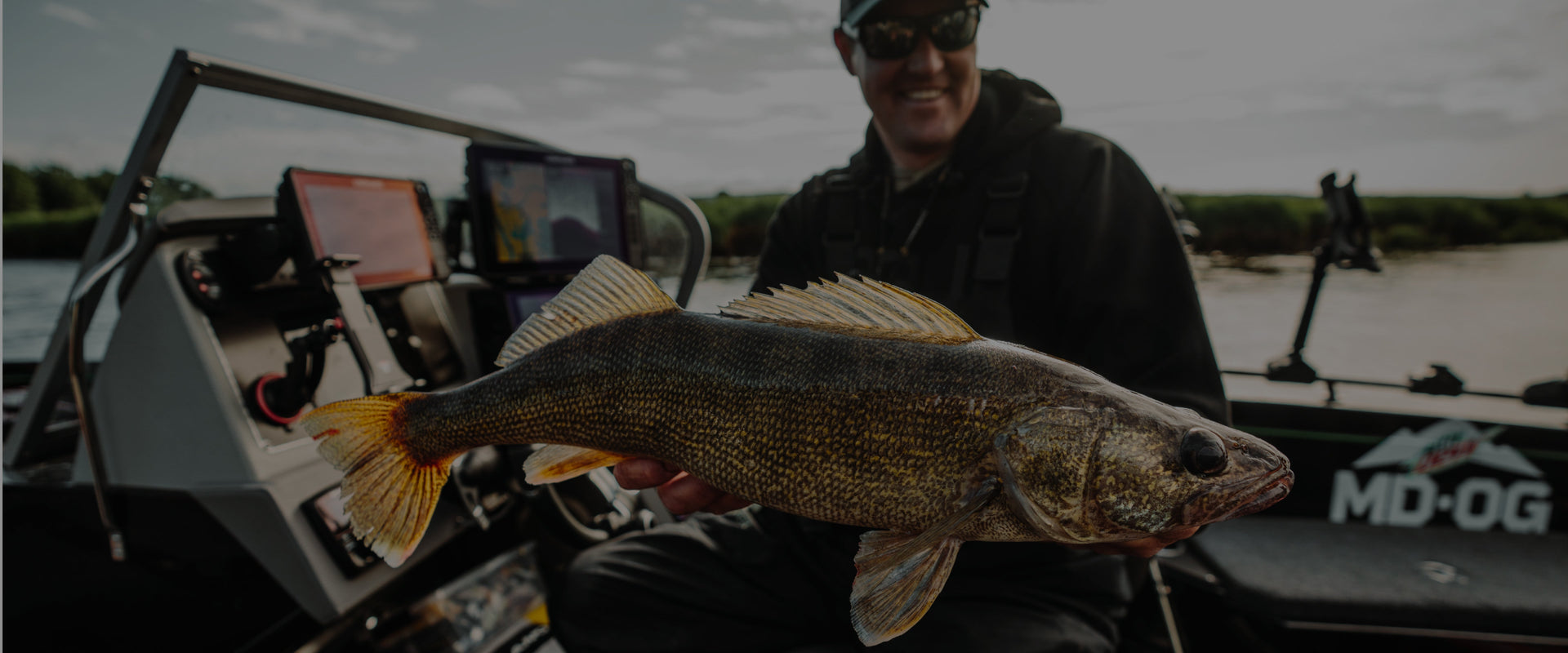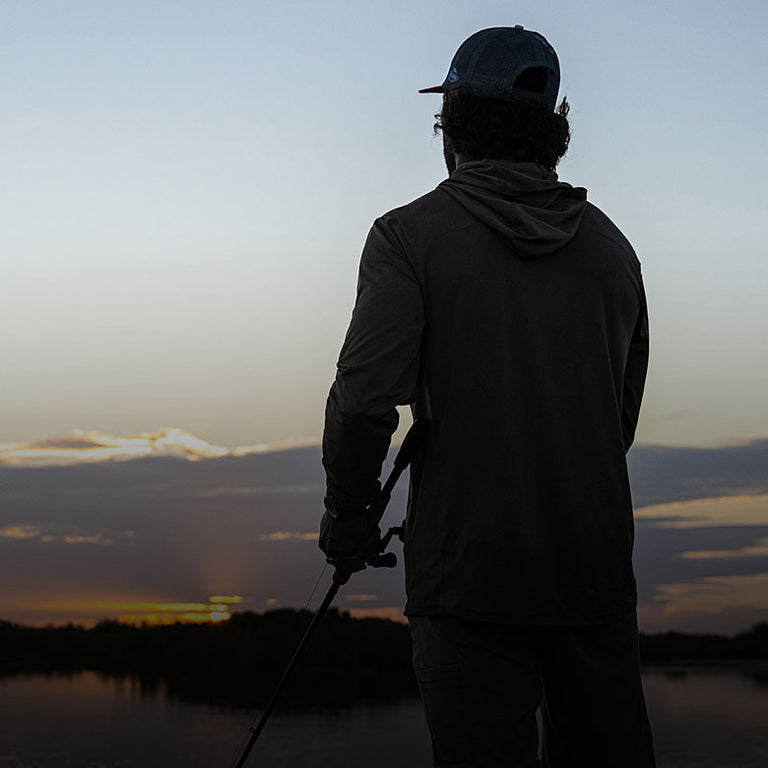
Get pro tips for catching walleye in rivers—find out which gear, bait, and techniques will give you the best chance...
Read More >
As we anglers get more and more diversified in our fishing skills, as we find out what works best for us and what we enjoy doing the most, we sometimes take on the labels of finesse fishermen or power fishermen. Often times, these labels are fitting, but there can be some confusion about what the terms mean and a lot of debate on which style is better. But there are a few subtle differences between the two that everyone should be aware of so that they can best decide between the two tactics before they take their next fishing trip.
To some people, anything that’s not done with a seven-and-a-half-foot flipping stick and 50-pound test braided line is finesse fishing. Some people think that finesse fishing means using soft or soft plastic baits. The differences, I guess, are in the eye of the beholder, but to me, I consider anything that draws reaction strikes and covers a lot of water to be power fishing. Getting feeding fish to want to consume your bait as though it was food is finesse fishing.
Power fishing is the type of angling where you go after the fish, making them bite though they maybe totally turned off. Power fishing means casting at targets that should have fish on them. You are able to make multiple casts at an exact target to make a fish bite out of reflex and aggravation.
During this time of year, if the fish haven’t started spawning but are coming shallow in search of food, a Carolina rig using a Berkley PowerBait 4-inch Power Lizard dragged through shallow, flat areas can be extremely effective. Once the fish are on beds, a white Power Tube is ideal to get a spawning fish excited enough to attack. In the summer, I will up-size my baits and Texas rig a big 7- or 10-inch Power Worm and fish around structure like stumps and docks. In these times, when I am covering a lot of water and the bite can sometimes be very subtle, I love that the PowerBait, with its built-in scent and flavor, makes the fish hang on longer. That allows me more positive hook sets and results in more fish in the boat.
Most bodies of water allow an angler the option to either power or finesse fish depending on their preference in style of fishing. Though there are those bodies of water that can dictate what style you have to fish. River fishing, for example, is very much a power fishing body of water. Those waters that have a baitfish-dominant forage base are also power fishing bodies of water. When targeting fish in these types of waters which have a surplus of food in the area, it’s the action in the bait and how you fish it that will draw the strikes – not the allure of more food.
Finesse fishing can be even more fun than power fishing at times because it often calls for downsizing equipment. Smaller lines and baits and hooks can lead to more lost fish and breakoffs, but the fight is exciting. Finesse presentations are for fish that, for whatever reason (seasonal pattern, lack of forage, etc.), are in the mood to eat. Unlike power fishing where you are trying to excite them into biting a bait, with finesse fishing you are trying to convince them that the bait is actually food.
Whether it’s drop shotting a Berkley Gulp! Sinking Minnow (I’ve won a lot of money on that bait) or tipping a jig head with a Gulp! Shaky Worm, the idea is to fish the bait very slowly. By fishing it slowly, you allow the scent of the Gulp! to disperse in the area like a blood trail, which it does more than 400 times faster than a plastic bait. These methods are great for vertical and deeper-water presentations. The importance of the light line is that because you are fishing in deeper and often clearer water, the small diameter of the line won’t be as likely to scare off fish. Feeding fish can be very spooky and anything that seems out of the ordinary to them is going to run them off.
Most anglers have a preference as to which type of fishing style they are more comfortable doing, but keep in mind that different bodies of water call for different fishing styles. No one tactic is better than the other, but being able to recognize when to use what tactics will do a lot to helping you catch more fish.